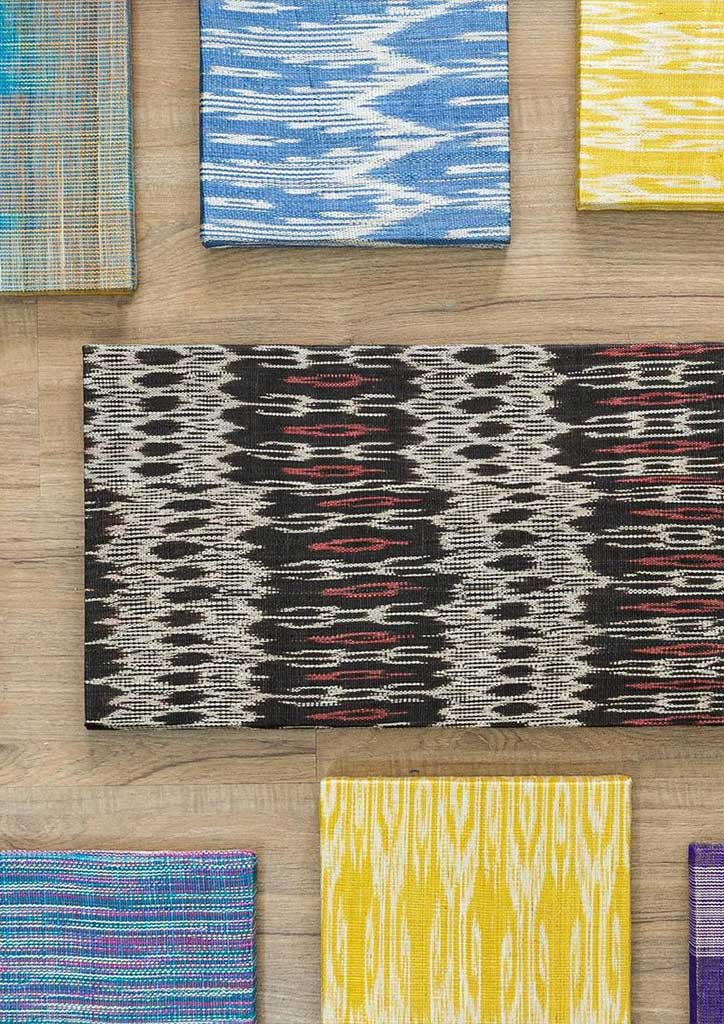
As Creatives, do we think we’re Filipino enough?
The need to embrace our unique narrative is on a high now that globalization has leveled out the playing field and opened up access to multiple channels for everyone who wants to get into the game. In support of the growth of the Philippines’ Creative Economy, ensuring that our image as a nation is consistent with nation branding in mind will increase opportunities, not just for selected businesses or selected industries but will also uplift the entire nation, binding it together with a collective identity. As Creatives, we are at the helm of helping various industries align their products and services with that distinctive Filipino design and touch that makes us unique, distinguishable, and globally competitive.
Country Branding and the Global Filipino
Country branding refers to a process in which a country claims a distinct brand positioning in the minds of its citizens, international stakeholders, and the global customer. To claim such positioning, the Philippines as a nation would need to invest resources in coordinating and integrating our collective brand and identity to a multitude of activities, and this begins with a deep investigation and understanding of race, cultural values and historical perspectives, among others to understand the complex dynamics between culture and context.
Filipinism and Design Thinking
With a clear vision of the future as a digital society, and as developments in technology continue to rise at unprecedented speed, it’s understandable how brands look beyond and begin seeing the world as their market. Lines are blurred with a click of a button. The internet of things has sped up the entire process and this proves that this is an opportunity worth getting into.
As brands prepare for the return to the “normal” and valiantly tries to create a strategy to stay ahead of the game, Consulting agency Studio Idiyanale leads the way as it approaches Philippine Branding and advertising like never before. With a focus on homegrown brands, while working within concepts and frameworks that strongly favor a Filipino-First approach, they can ensure the brand narrative created is based on evidence-based research with a holistic and integrative understanding of our cultural context of Filipino Branding and identity. This touches on our experiences and behaviors concerning our cultural contexts, diving deep into cognition, motivation, emotion, and behavior that is shaped by our diverse cultural values and norms, resulting in divergent normative responses articulated through the design of products, services, built environments, visual arts and folk arts.
All of Idiyanale’s work is anchored in Philippine Studies, considering the whole spectrum of Filipinism–from the socio-historical, psychological, anthropological, political-economic to the cultural-artistic aspects. They believe that the whole range of Philippine Studies, taken altogether as a core element of the branding design, strategically reinforces and sustains the brand essence of any Filipino product or service in a highly global and digital marketplace.
Articulation through Brands
Recognizing the Philippines as a tropical country with lush vegetation and the most beautiful beaches filled with the jolliest people you’ll ever meet is great. However, individual brands cannot depend on anchoring their brand ethos on a one-sided perspective of our country. A nation’s identity has to be created with the intent to pull the rest of the world in, for them to get invested in our identity and branding as a nation rather than binding the nation against the rest of the world. To be competitive in the wide sea called the world’s economy, we must acknowledge that the market now has extended to include every country, region and city pinned against another. Each country has a different story to tell and its own path to follow through their unique and carefully articulated brand and identity. This allows the entire nation and all homegrown brands to reach a specific audience, identify the market’s needs & strategize how to innovate a solution within and beyond their industry.
“We are able to inventively articulate the whys and wherefores of being uniquely Filipino in the age of global homogeneity by employing Filipino design-thinking, a kind of art-science thinking process, which makes the curation of next-generation Filipino products possible and ensure it will appeal to both local and international tastes. This is through a ‘metric system’ that can qualitatively measure a local service or product’s success and sustainability in a global business-tech environment,” says Corinne Romabiles, the Creative Director of Studio Idiyanale and a professor of art and communication among Engineering, Multimedia Arts, Digital Cinema, IT & Business students in Mapúa University. She also leads the Philippine Branding and Art-Science Thinking at the Innovation & Business School of the Asian Institute of Management as well as the Filipino Branding and Identity for Creatives Program at SoFA Design Institute.
According to the ‘metric system’ of Studio Idiyanale, there are existing Filipino brands who are already successfully creating a solid foundation anchored on history, culture and tradition and guided by the direction that leads to nation branding. What is needed, with a sense of immediacy, is to ensure that this strategy is shared across various industries to push the Filipino Brand as a globally identifiable and competitive brand that can proudly sit amongst other countries with strong established identities such as Korea and Japan.
Filipino Branding & Identity Perspectives
Several movers and shakers within the Design Industry have started exploring the concept of Filipino branding in alignment with their respective practices with the shared vision of furthering the growth of the country. A lot of them have paved the way by getting more people involved in their purposeful pursuit of seeking to understand and establish our own brand identity as a nation. Here is what some of them have to say:
Ar. Jason Buensalido of Buensalido + Architects
“More than a brand, I think It’s about accepting who you are but allowing yourself to evolve and be a better version of yourself. It’s about having a set of values, an ethos, that you truly believe in, that you consistently and religiously apply in all that you do that becomes part of who you are.”
“In our case, we believe that there is a need for us to find new ways of expressing our identity in architecture, as well as responding to and reflecting our specific context in the Philippines (such as climate, culture, geography, politics, technology, history, heritage; and even needs, hopes, and dreams of Filipinos) in our built environment. We should allow it to evolve and be influenced by contemporary times while not forgetting our historical roots and heritage.”
Ar. William Ti of WTA Architecture + Design Studio
“Architecture has always been the most definitive and visible reflection of a society and its development. As the Philippines continues to grow as a nation and prepares to become a major part of the global community”
“It is imperative that we strive to discover and explore the architecture that forms a crucial part of the identity of Filipinos. We must continue to find ways to make this exploration and evolution relevant not just to our own society but also as a vital contribution to the richness of humanity and its cultural growth.”
Corinne Romabiles of Studio Idiyanale
“What is beautiful or attractive must not be limited to concepts, standards, or manuals of foreign schools of thought. An approach must be in design-content creation informed by Philippine Studies, namely, Psychology, Sociology, Language & Aesthetics that are Filipino. We must always consider the whole spectrum of Filipinoness–from the socio-historical, psychological, anthropological, political-economic to the cultural-artistic aspects.”
“We have to transform things Filipino, for example, making folk crafts more appealing to current tastes, more lucrative and competitive in a digital media driven market—both locally and abroad. We need to see the need in re-inventing and enhancing Filipino brands, to capture the broadest audience possible by skillfully using information technology, new media, social media, emerging technologies, mobile communications technology as well as traditional media, all with purposeful application of information in the design, production and utilization of goods and services, and in the organization of human activities.”
Filipino Branding and Identity in Brands
Studio Idiyanale is currently doing a scan of Filipino brands who exemplify a strong global brand identity and a market presence that puts them on the global map, Studying the success of these brands and how various markets respond to their offerings provide the studio useful data to assess if and how much the “metric system” has contributed to this success, perhaps even without the brand knowing it. Along with years worth of research, the studio was able to create a guide or bible that other brands can use as a map for this brave new world.
AURO CHOCOLATES

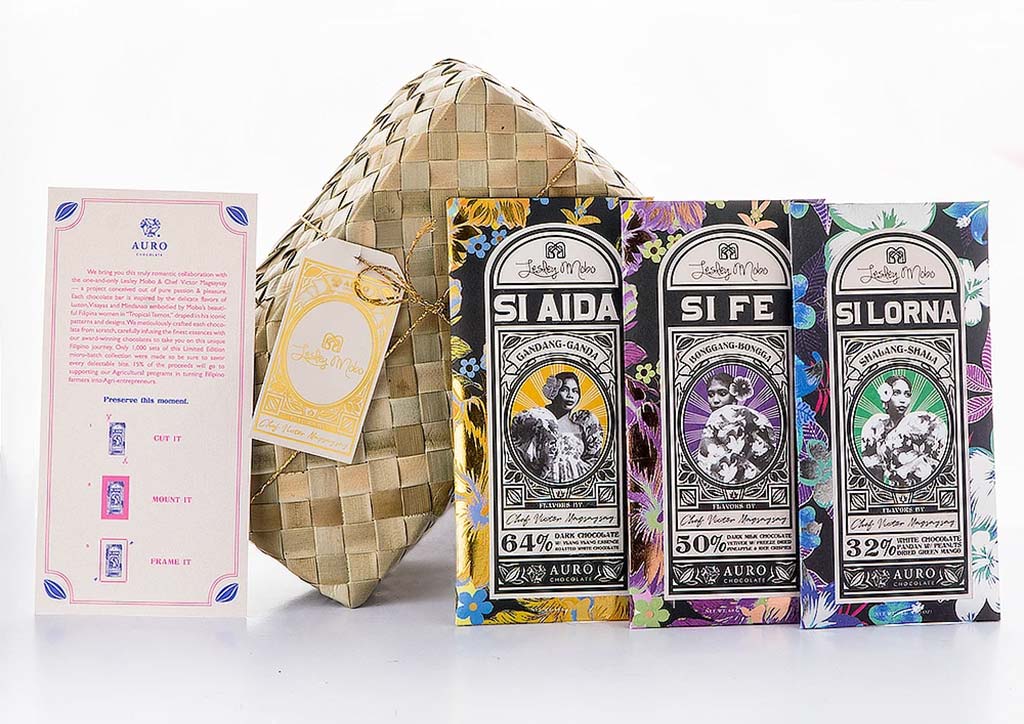
ARANAZ
“A piece of Filipino Culture in your hand”


ARANÁZ is a Filipino brand that builds on the rich heritage and legacy of craftsmanship by making use of traditional Filipino crafts to bring it into modern day relevance. Their pieces are crafted to sprinkle hints of the exotic and artisanship of everyday life, providing the modern woman with a quick escape from their fast-paced lifestyles through items of intricacy and taste. Every collection echoes the history behind the brand and its affinity to craftsmanship and the handmade.
VITO SELMA
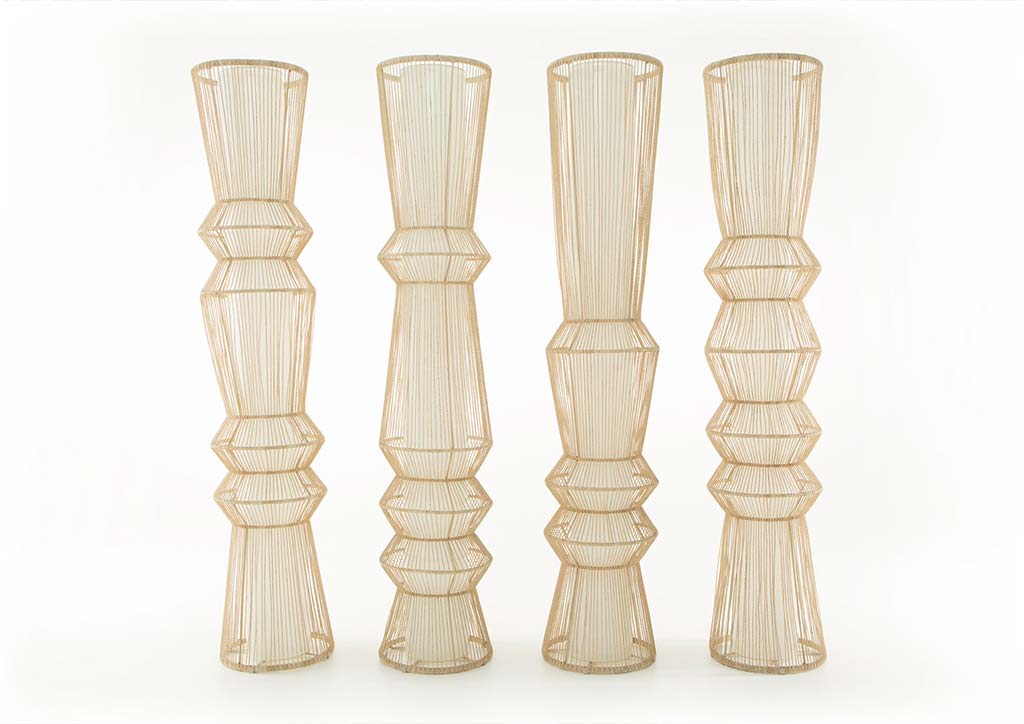
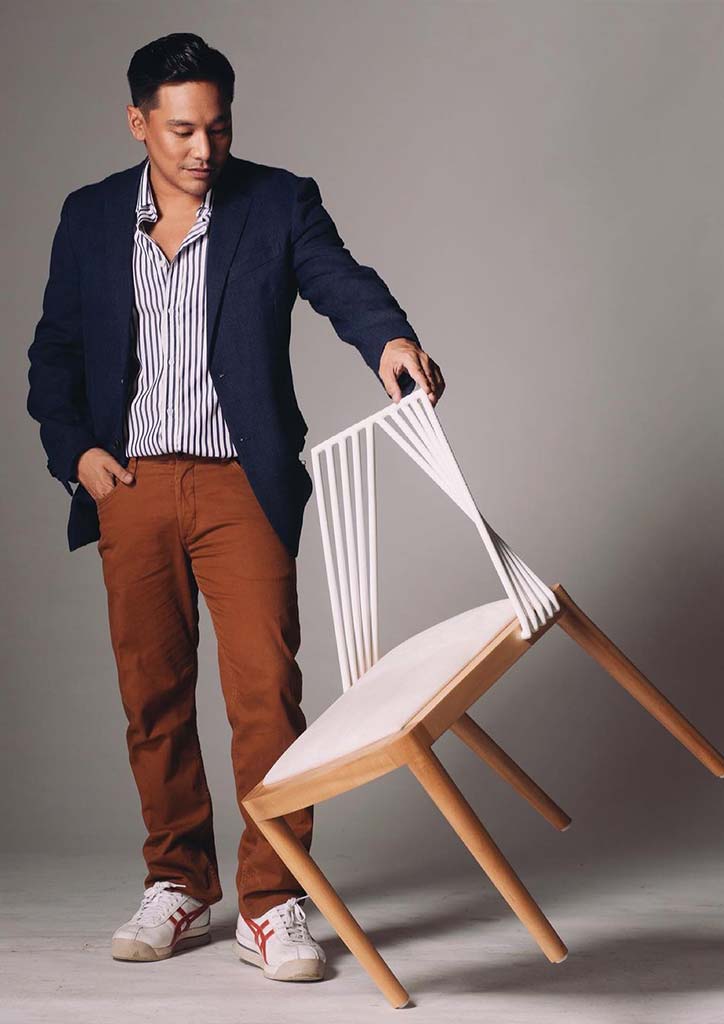
Identifying itself as a distinctly Filipino brand, Vito Selma highlights the beauty of the main material he works with: wood. Together with its many variations and reiterations that come out the work that the creative Vito Selma comes up with as he experiments, creates and explores the limitations of the material. His examination of numerous inspirations reveal a love affair with shapes and textures that are often repeated in the earth, the sky and the sea. It is this love for nature that has driven the brand to constantly look for design components that satisfy its inclinations, while relying on wood as a primary medium. With a keen attention to detail and excellent craftsmanship, the brand elevated the Filipino brand and identity in the field of Furniture Design as that of which can be likened to Japanese or Scandinavian designs, but intriguing enough, very much Filipino in soul.
CASA JUAN

True to being finely Filipino, Casa Juan is a business venture that desires to spread global awareness on Philippine art and culture. The brand lovingly uses Philippine images that are not the stereotype but those that largely demonstrate aesthetic versatility, cultural authenticity, historicity & especially, national pride. Their beautiful homeware products borne out the immense fascination towards everything Filipino—from endemic birds, flowers, or fruits, weaving patterns, indigenous tribes and their beautiful craft all the way to Architecture and folklore, all of which are meticulously modernised through the help of local artists. Their partnerships with designers such as Rajo Laurel showcases Homewares that highlight the possibilities of infusing Filipino glamour into our everyday routines.
RISQUE DESIGNS
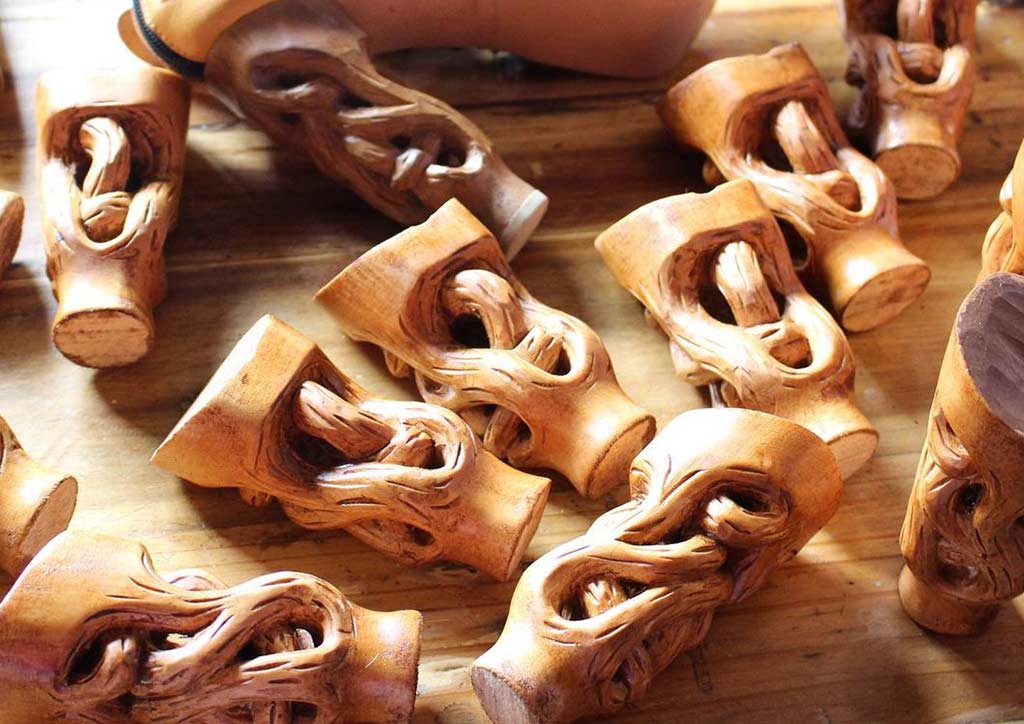
The handcrafted shoes from Risqué Designs are those one-of-a-kind pieces for everyday and special occasions. They’re a Filipino brand that brings forth modernity and luxury with its meticulously handcrafted artisan products, working with the far-flung communities of Negros Occidental and Paete, Laguna, to the busy show town of Marikina City. With the main goal to impact more lives, Risqué opened its own manufacturing facility in 2015 and worked towards becoming a social enterprise, partnering with local shoepreneurs and opening up Stride Collective, a company co-founded by different shoe brand owners from the Philippines, those who saw the value of handcrafted shoes made in the country’s shoemaking capital, Marikina City. The company vowed to operate differently from most local shoe manufacturing companies by working with the values of transparency and respect, both with their craftsmen, partner brands and their clients.
ANTHILL FABRIC GALLERY
